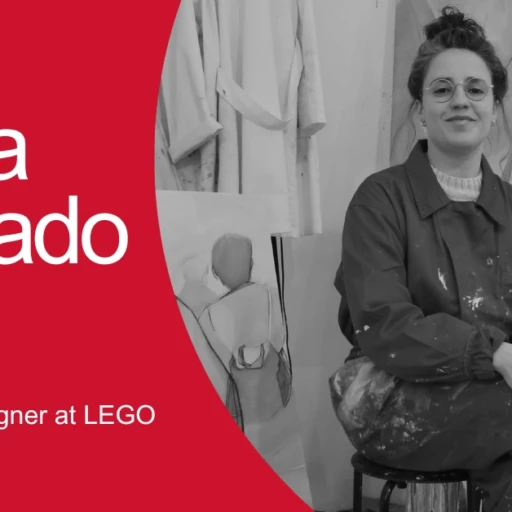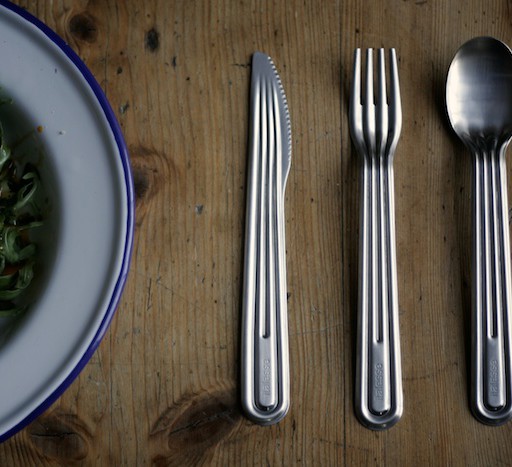South-facing windows, dark colours, and geothermal energy. These are the key factors to consider when undertaking the architectural challenge that is building in extremely cold climates.
At the highest latitudes on Earth, the Sun’s radiation always hits at a very low angle. This reduces its impact because it has to traverse a lot of atmospheric mass. There are also regions of the Arctic circle that don’t see the Sun for six months of the year, resulting in very low temperatures all year around, even in the summer, and low solar energy means that the usual solar gain strategies are rendered useless.
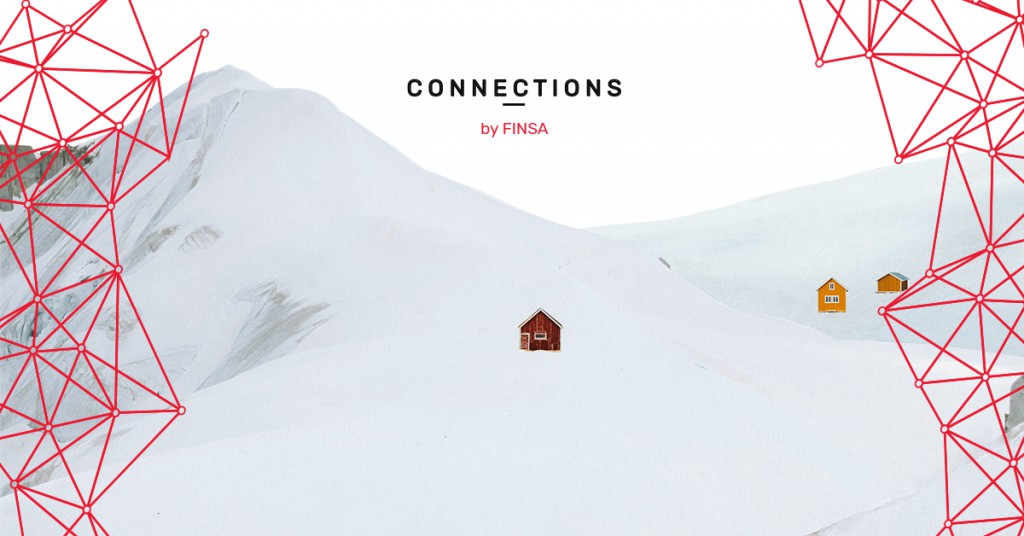
These areas usually have high humidity levels too, making it feel colder than the thermostat might show. In these types of climates, the first port of call for keeping warm is retaining heat that is generated indoors using conventional methods. In mountainous regions, solar radiation is higher, so it’s possible to use solar gain strategies and combine them with thermal insulation.
The answer: bioclimactic architecture
No matter where live, nature provides us with the essentials to keep us comfortable in our homes. Bioclimactic architecture is all about designing buildings with the local weather conditions in mind, and taking advantage of all available resources, including the Sun, vegetation, rain, and wind, in order to reduce the impact on the environment by using less energy.
This field is closely linked to sustainable construction, in which all processes and structures are environmentally friendly and use resources efficiently throughout the building’s lifespan. Yakutsk, the coldest city in the world, is very familiar with this concept. This documentary explains how the people of this Russian city survive the extremely difficult conditions.
How to build in icy climates
There are three basic strategies followed by traditional architecture for structures at high latitudes: thermal insulation and energy conservation, the use of materials that warm up slowly for the interiors, and ventilation to eliminate excess humidity. With these principles in mind, the specific characteristics of this type of architecture are usually:
- Compact buildings with low form factors, including underground or semi-underground structures that take advantage of the thermal inertia of the earth around them which reduces temperature fluctuations.
- Thick walls that prevent rapid temperature changes.
- The use of wood for both walls and interiors.
- Small recesses
- Dark colours that attract solar radiation.
- Ventilation via chimneys.
- Roofing with plants as insulation. Turf houses in Iceland are an example of how this strategy is used in traditional architecture.
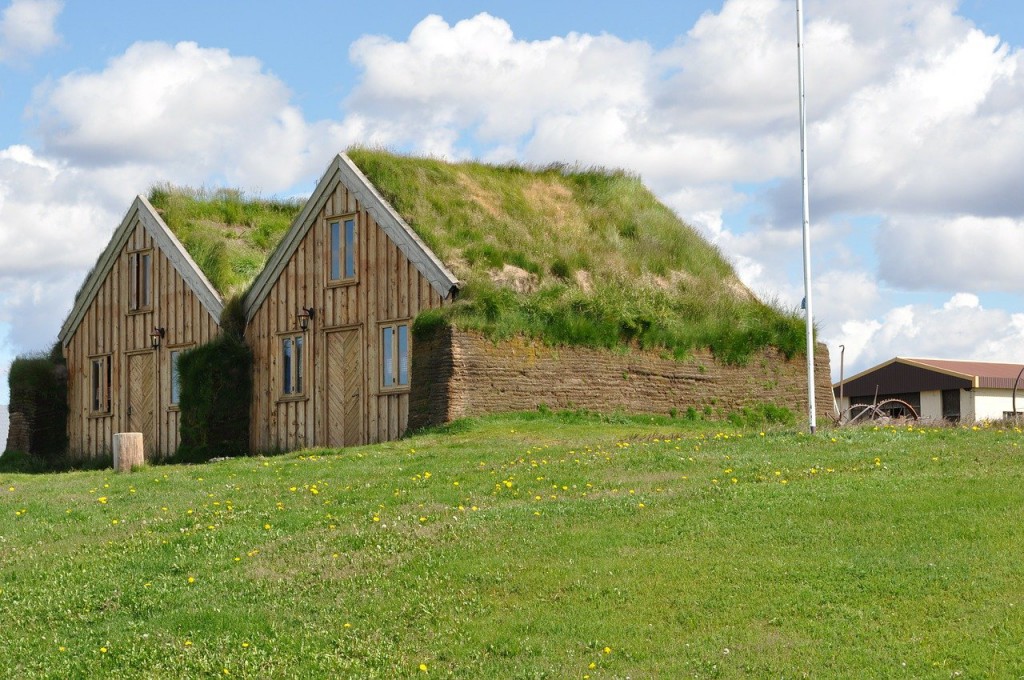
Which materials should be used?
The choice of materials will have a huge impact on thermal insulation. With the right materials, the house will be able to withstand extreme weather and will last longer. Recommendations for icy climates include:
- Teak wood: a type of flexible yet durable wood thanks to the high content of oils and natural rubbers
- Plaster: a material that has bene used for cladding, floors, and dividing walls since ancient Egypt.
- Limestone: the main raw material used to make cement.
- Glass: very common in newer structures.
Snow as an insulator
While it might seem like a complicating factor, snow can actually be very helpful when it comes to insulation. Compacted snow is made up of 50% air, which stops the cold from passing through, or at the very least slows it down. This is the basic principle of an igloo: stop the cold from coming in and the heat from going out.
In the past, people living in the Alps and Scandinavia would place stones and tree trunks on their roofs to increase friction and stop the snow from falling off, providing thermal insulation. Today, snow guards do the same thing.
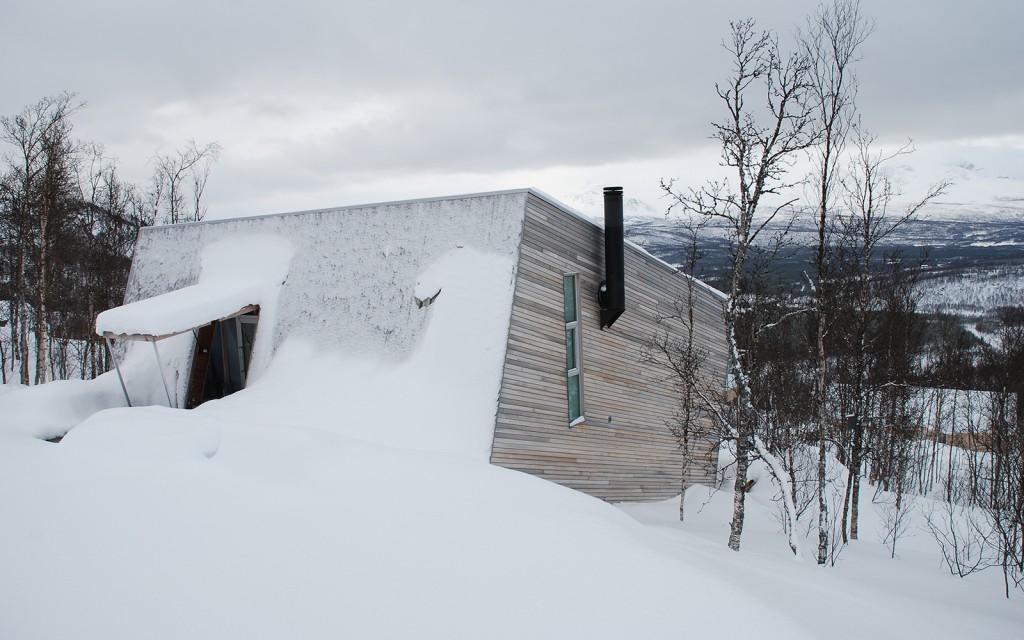
However, it’s important to control the amount of snow that accumulates on the roof, as too much weight can be a problem. This is why houses in cold climates have steeper roofs.
Make sure you follow our series on architecture in extreme climates.



